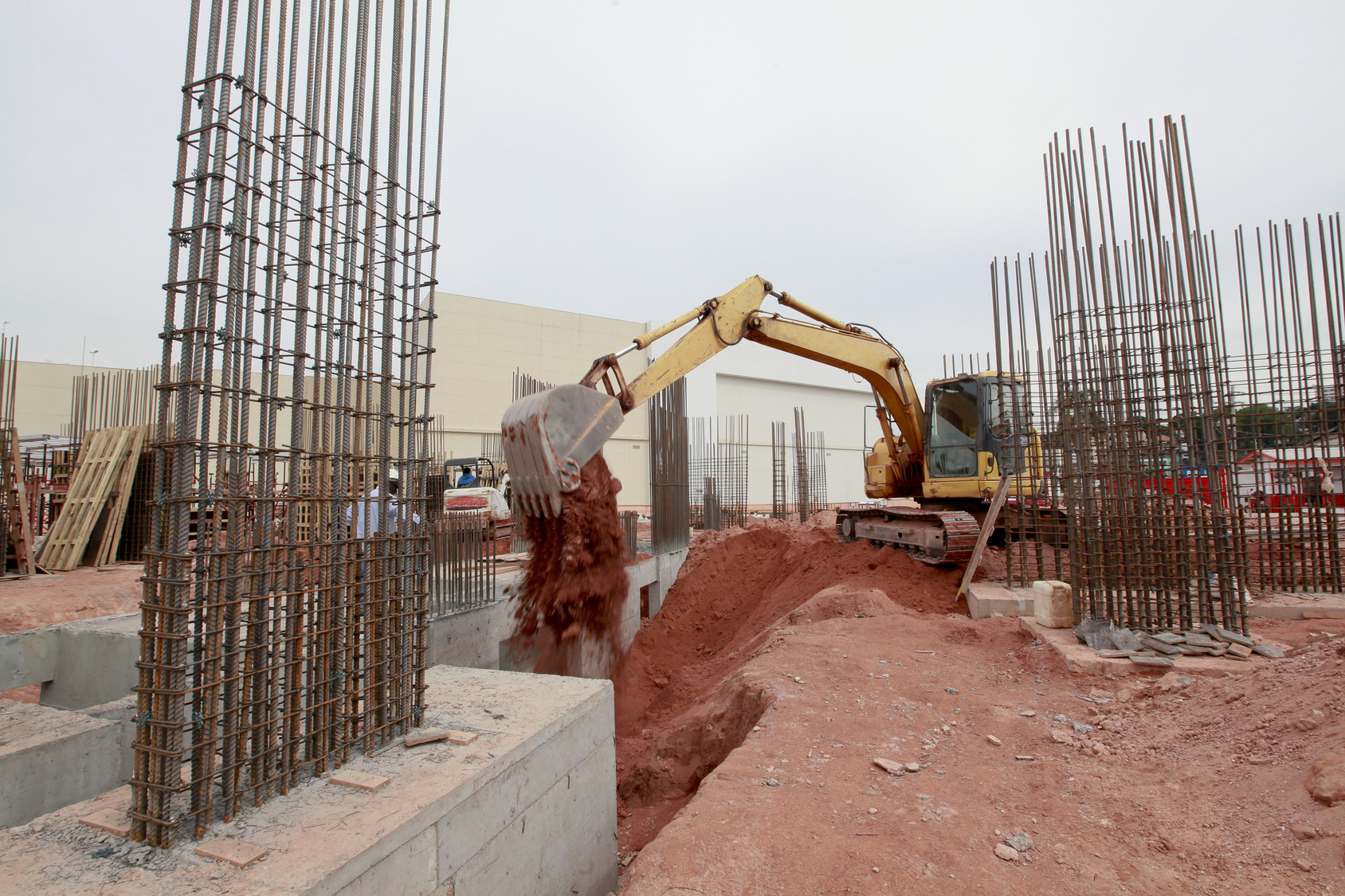The foundation is the basis of any construction. It is responsible for transmitting the building's loads to the ground in a safe and stable manner. Choosing the type of foundation to use depends on various factors, such as the type of soil, the building's load, climatic conditions and the technical standards in force.
Foundations are categorized into shallow foundations and deep foundations, and are classified according to the depth of dissipation of the acting loads.
Main shallow foundations
Shallow foundations are carried out at shallow depths, usually up to 3 meters, and the load is transferred directly to the surface layers of the soil. They are generally less expensive to build and ideal for soils with good bearing capacity in the upper layers.
Below are the most common examples of shallow foundations:
Sapatas
These are reinforced concrete elements that transmit the loads from a column or a group of columns to the ground. There are different types of footings, such as isolated, running, associated and boundary footings.
Radier
It is a reinforced concrete slab that covers the entire area of the building, distributing the loads evenly over the ground. It is used in small buildings and in areas with good load-bearing capacity.
Foundation blocks
These are generally simple concrete elements, square or rectangular in shape, capable of dissipating small loads on the ground. They are used in small buildings and in good quality soils.
Main deep foundations
Deep foundations are those whose load dissipation occurs in the deeper layers of soil. They are generally more expensive, but have the capacity to support higher loads in soils with low bearing capacity in the upper layers.
Below are the most common examples of deep foundations:
Stakes
These are linear reinforced concrete or metal elements driven into the ground, transmitting the loads to deeper, more resistant layers. There are different types of piles, such as pre-cast, cast-in-place and continuous auger piles.
Pipelines
These are elements dug into the ground and filled with reinforced concrete. They are characterized by the manual work of deep excavation to widen the base and are capable of withstanding high loads. They can be used in soft soils and in areas with a high water table, in which case compressed air is used to contain the side walls and prevent collapse.
Coffins
These are large elements used in special works such as bridges and viaducts. They consist of large boxes or hollow blocks of reinforced concrete, which act like floating structures, distributing the building's loads over a larger area of ground.
Mixed Foundations
The combination of shallow and deep foundations is also possible and common, the most common being the piled radier and the piled footing.
Factors influencing the type of foundation
The nature of the soil (sandy, clayey, rocky) directly influences the choice of foundation type. Heavier buildings require stronger foundations, while the presence of water underground can compromise the stability of the foundation. In regions with a high incidence of rainfall, special measures must be taken to avoid problems with humidity.
NBR 6122:2019 - Project and Execution of Foundations, from the Brazilian Association of Technical Standards (ABNT), establishes the minimum criteria for the design and execution of foundations.
Choosing the right type of foundation is fundamental to ensuring the safety and durability of the building. A poorly dimensioned or poorly executed foundation can cause problems such as cracks, settlements and, in extreme cases, the collapse of the structure.
Get in touch with our team to make your company's project a reality.



